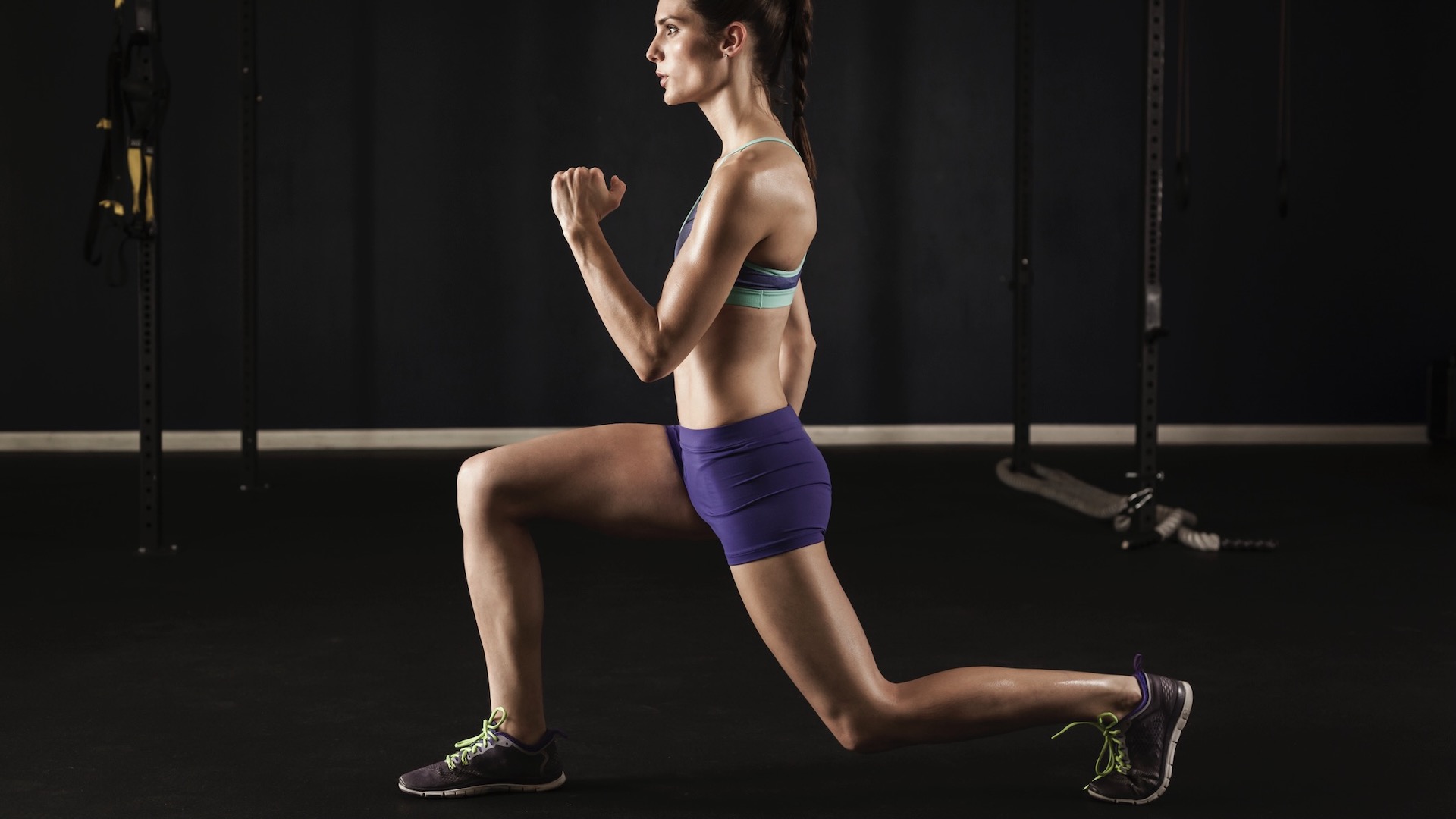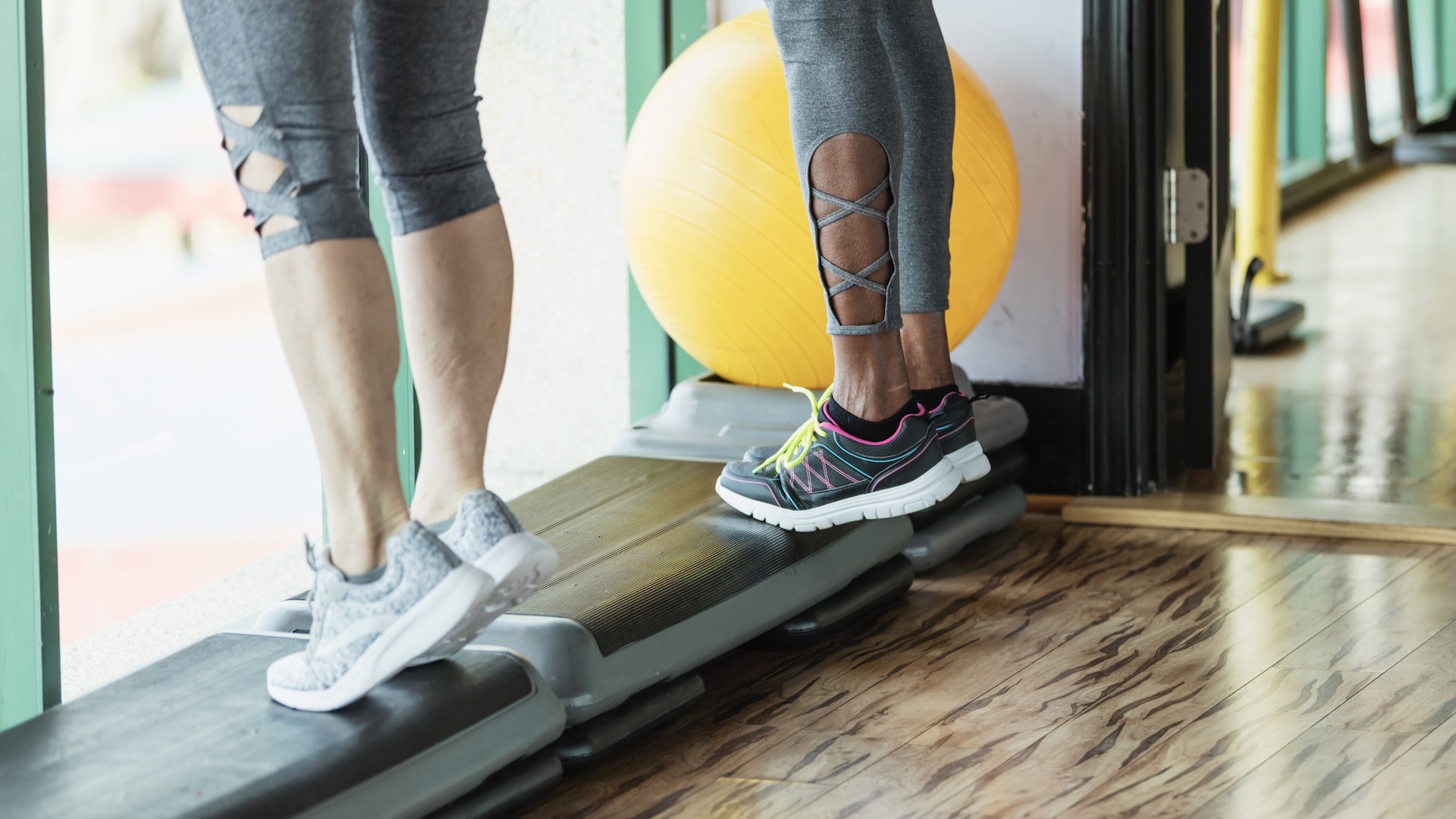5 of the best bodyweight exercises for runners
Our guide to a simple work-out you can do at home to improve running performance

Running is a great form of cardiovascular exercise with strength benefits, but if you want to perform better overall, it’s a good idea to improve your strength further. One of the best ways to do that is to include bodyweight exercises into your training programme.
Improving strength through bodyweight exercises has various advantages. These include better muscular strength, which will improve running speed and endurance. Muscular improvements will also help you avoid many common running injuries that can occur when you become fatigued.
Bodyweight exercises for runners also make sense because they can be easily completed at home, which is handy because it’s usually recommended that you do them a few times a week.
What are bodyweight exercises?
Bodyweight exercises are literally that: when you use your own bodyweight to create resistance or weight for strength building.
It's possible to add some handheld weights too as you become stronger. The advantage of bodyweight exercises for runners is they can be easily performed at home, or anywhere that you happen to be, whether it’s a lunchtime break at work, in the park or on holiday.
Squats
Squats build strength in the legs and the core, while adding muscle flexibility. The squat can be performed with both legs at the same time to start with, and once you feel stronger you can add a weight, such as a kettlebell held in both hands at chest height.
To perform a squat, first stand up straight with legs positioned a little over shoulder-width apart. While ensuring your back is straight and with your chest facing forwards and upwards, bend at the knees. Lower yourself down, rather like sitting down on a chair.
All the latest inspiration, tips and guides to help you plan your next Advnture!
Once your thighs are parallel with the ground, push upwards through your heels while engaging your butt muscles until you are standing straight again.
At the outset, you could do 10 to 15 squats, two to three times over, with rest in between. To progress the squat still further, try single-leg squats.

Lunges
Like the squat, the lunge is a great bodyweight exercise for runners. It's good for strengthening leg muscles, especially the quads.
To perform a lunge, stand up straight with your legs shoulder-width apart. Take a big step forward with one leg, ensuring that your back is straight and your chest is up and forwards.
When your foot lands flat on the ground, it should be far enough forward so your back leg is stretched, although not fully stretched (similar to taking a large step forward).
At the same time, you will naturally bend the knee at the rear to accommodate the step forward. It's important that your front knee doesn’t go further forward than the toes of that foot. You're looking for a 90-degree angle in both knees.
Next, the aim is to push off from the front leg to drive yourself back to standing upright. Use your quad and glute to achieve this, and engage your core muscles. Then repeat on the other side.
At the outset, you could do 10 to 15 lunges both side, two to three times over, with rest in between. To progress this exercise, add handheld weights.

Calf raises
Calf injuries are common among runners, so it is a good idea to work on strengthening the muscles in the lower part of the legs.
To perform calf raises, start by standing upright and with your feet about hip-width apart, then raise yourself up on to your toes. Lower slowly back down.
To progress the calf raises once you become stronger, you can perform them on a step, so that you dip your heels lower than the step and then raise yourself up using your calves.
Also, try doing calf raises on one leg at a time. You might need to support your balance to begin with but once you become more skilled and stronger, you will be able to perform them unsupported.
At the outset, you could do 10 to 15 calf raises on both legs, or on alternate legs, two to three times over, with rest in between. To progress this exercise, add handheld weights.

Planks
The plank is an excellent bodyweight exercise for strengthening the core – and a stronger core will aid your running performance because it helps to prevent a build up of fatigue.
To perform a plank, lie face down on the ground. It's a good idea to use a fitness matt of some kind, or carpet if you're indoors at home.
Push yourself up on to your forearms with bent elbows, or on your hands with straight arms. The only other contact with the ground is your bent toes.
Keeping your body straight, and with your core and glute muscles supporting your straight position, you can now set a timer. At the outset, you could aim to hold a plank for 30 seconds or a minute.
It's important that you don’t end up weakening at the waist or hips and end up dipping towards the floor. Equally, you should keep your butt up, but not too high.
To progress the plank, simple hold it for longer. Another way to make the plank more challenging is to try lifting one foot with the leg straight for 30 seconds and then swap legs.

Single leg balances
Single leg balances are also good for increasing muscle strength, as well as the balance that runners need to perform at their best. As you run, you rely on balance from one leg to the next to keep going forwards. The stronger and more balanced you are on one leg, the less likely it is you will tire.
To perform a leg balance, start by standing upright with your hands on your hips. Next, lift one leg and bring your foot in front of you. To perform the balance, swing the leg back to the middle, while hovering it above the ground.
Next, left the leg to your right side, swing it back to the middle; then swing your leg behind you and, again, bring it back your leg back to the middle. Finally swing the leg to the left side and bring it back to the middle. Swap to the other leg and repeat. Aim to do both legs five to 10 times.
Doing regular body weight exercises for runners can help to improve performance, both speed and endurance and also reduce your chances of injuries due to weak muscles and a lack of balance.
- Best trail running shoes: footwear for speed on tough trails

Fiona Russell is a widely published adventure journalist and blogger, better known as Fiona Outdoors. She is based in Scotland and is an all-round outdoors enthusiast with favorite activities including trail running, mountain walking, mountain biking, road cycling, triathlon and skiing (both downhill and backcountry). Aside from her own adventures, Fiona's biggest aim is to inspire others to enjoy getting outside and exploring, especially through her writing. She is also rarely seen without a running skort! Find out more at Fiona Outdoors.
